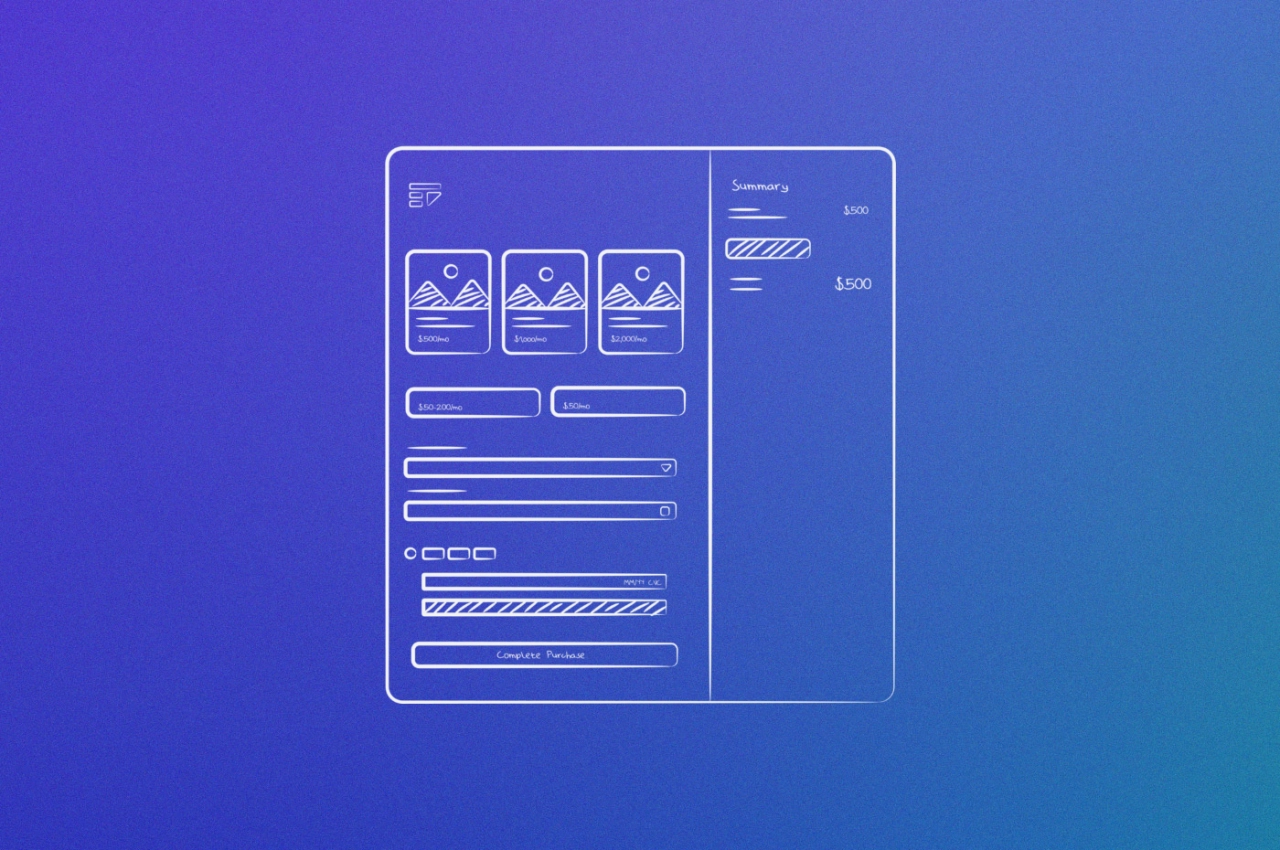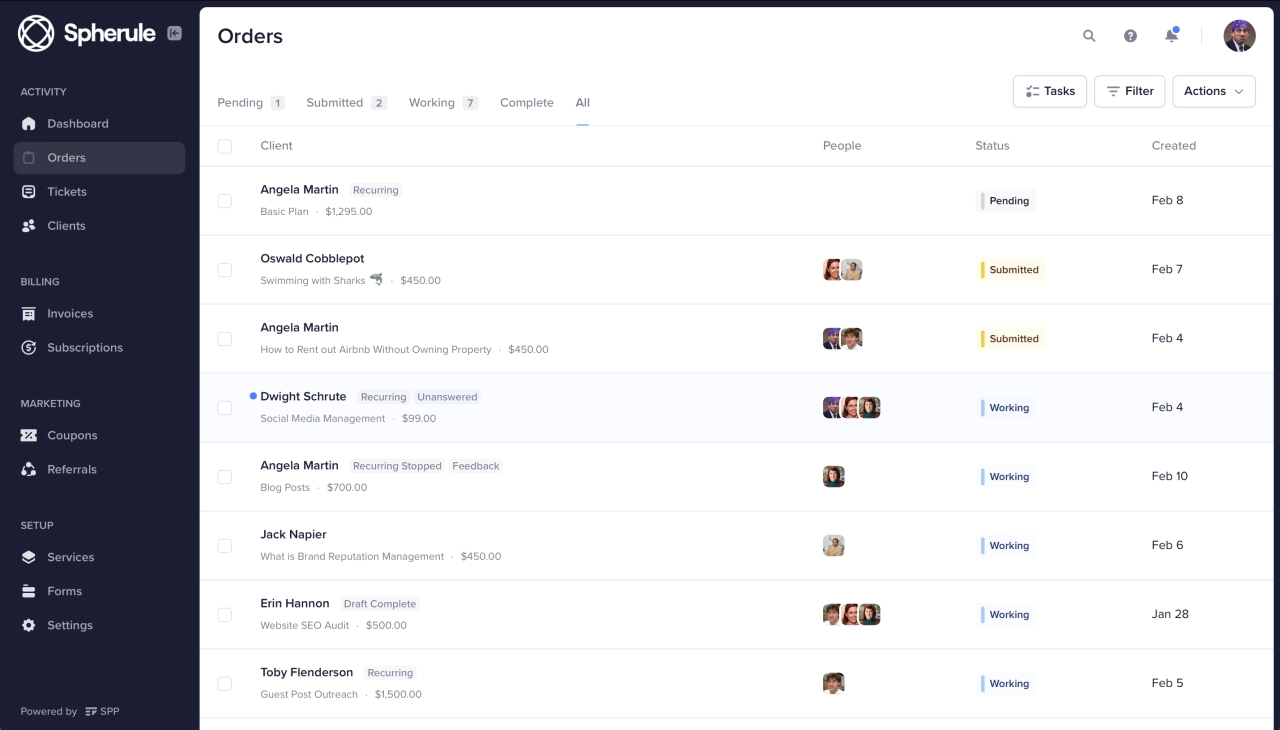If you’re using a standard project management app such as Trello, an online form builder, or even Google Sheets to manage your business, you know that none of these tools were really made for selling productized services. This is why we’ve built a tool for those running on the productized service model.
Having been in the productized service business myself, I know how frustrating it can be to cobble together various applications just to get the perfect workflow for handling project work. At one point, we had over a dozen different applications and plugins we were using to run the business; membership software for billing and client accounts, Wufoo for collecting project information, Basecamp for managing projects – the list goes on.
Needless to say, keeping up with all the tools was a hassle, especially when upgrading one component would inevitably break something else. Back then, an all-in-one type solution didn’t exist, so I took it upon myself to create it. One software that would help you productize your service. And that’s exactly what we did, but more on that later.
First, let’s break down the process of selling and delivering a productized service, and what makes it different from selling traditional services and products.
1. The packaging
Productizing your service is a task any business owner needs to complete before they can launch their startup. It doesn’t matter if you’re offering a consulting service, selling graphic design, or want to launch an unlimited content creation service. What needs to be clear is the value proposition: “what do I get in return for my money?” If it’s clear to the client, hitting that buy button is a no-brainer. To get to that point, research your customer’s pain point, ask yourself how you can help them, and bundle your professional services into packages that are a great deal.
On the other hand, you need to make sure that your process of selling the service is repeatable. There shouldn’t be too much customization for this type of service to ensure that it’s scalable.
If you need some inspiration at this point, check out our list of productized service examples.
2. The sale
What sets apart productized services from others are clearly defined deliverables at a set price.
That means there are no custom quote requests, proposals or fee negotiations. Clients can simply choose a service they like and purchase it directly from your website, just like they would a product (hence, a “productized” service).
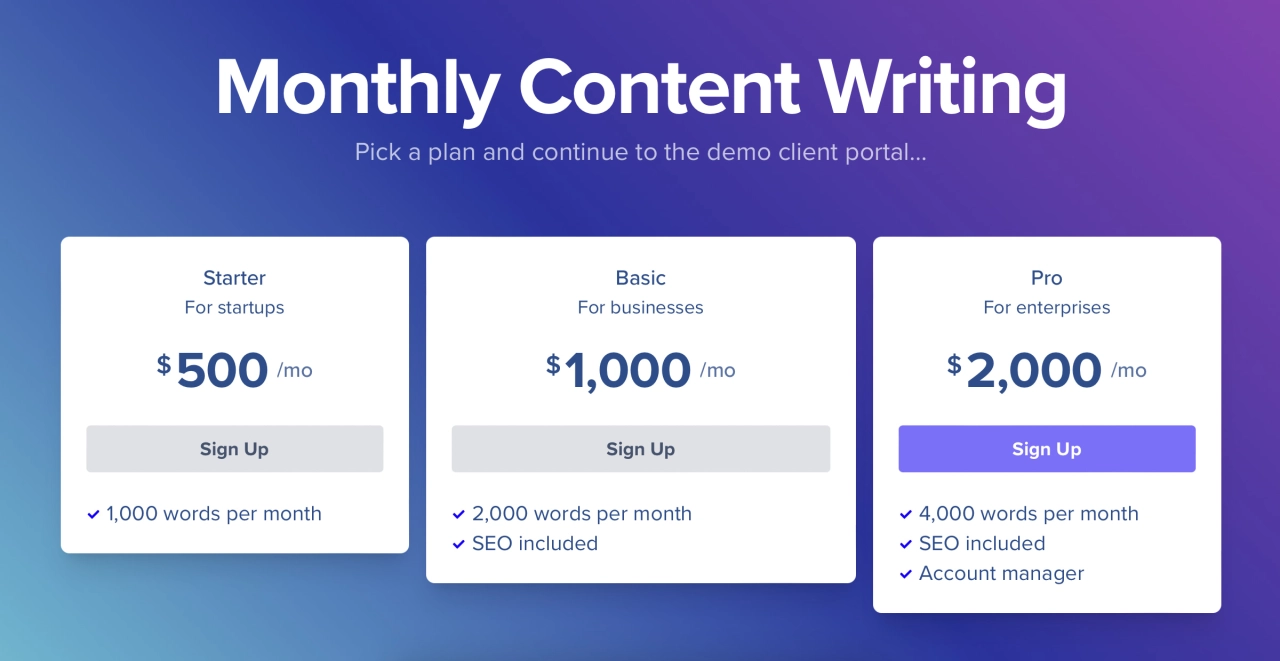
In terms of technology, there are no problems here. It can be as simple as a checkout button for PayPal or Stripe on a landing page.
3. The information collection
The next step is to get the required information from your client, so you can begin their work. If you run an SEO agency, you’re probably asking for the client’s website URL and keywords. A design agency might need the client’s logo, their slogan, and other brand assets.
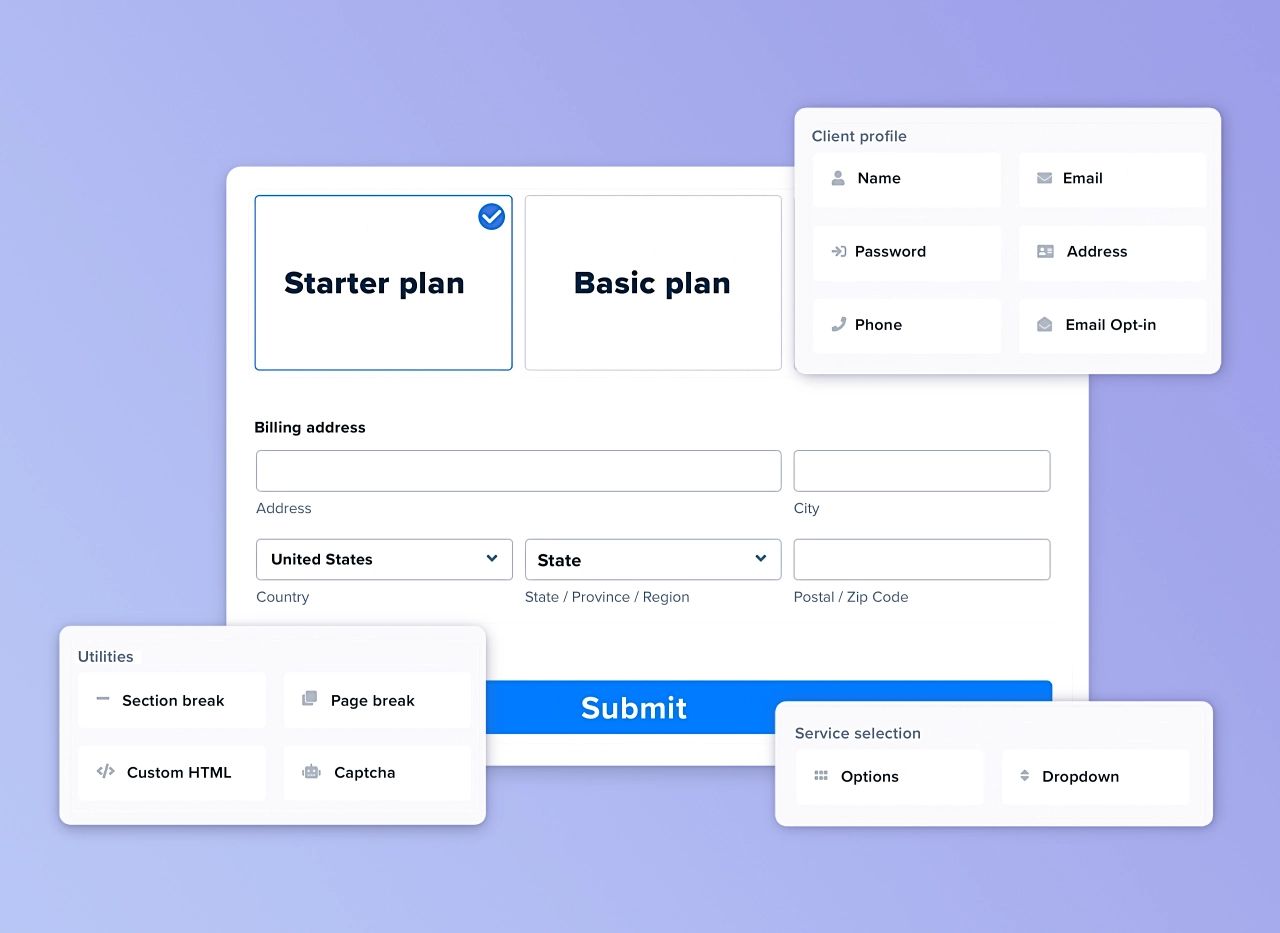
Collect project information, client data, files, and more.
Depending on your business model, you might be asking for this information upfront, or after the order via a custom form or email. Either way, it’s important to have this data accessible by you and your team throughout the project.
4. The project delivery
With the project information at hand, you or someone else from your team have to deliver your services to the client. For small shops that only get a couple of clients per month, it’s easy to keep track of invoices, uploaded files, and client communication. If you’re working on multiple active projects at a time, and are managing employees or contractors, things can get out of hand quickly.
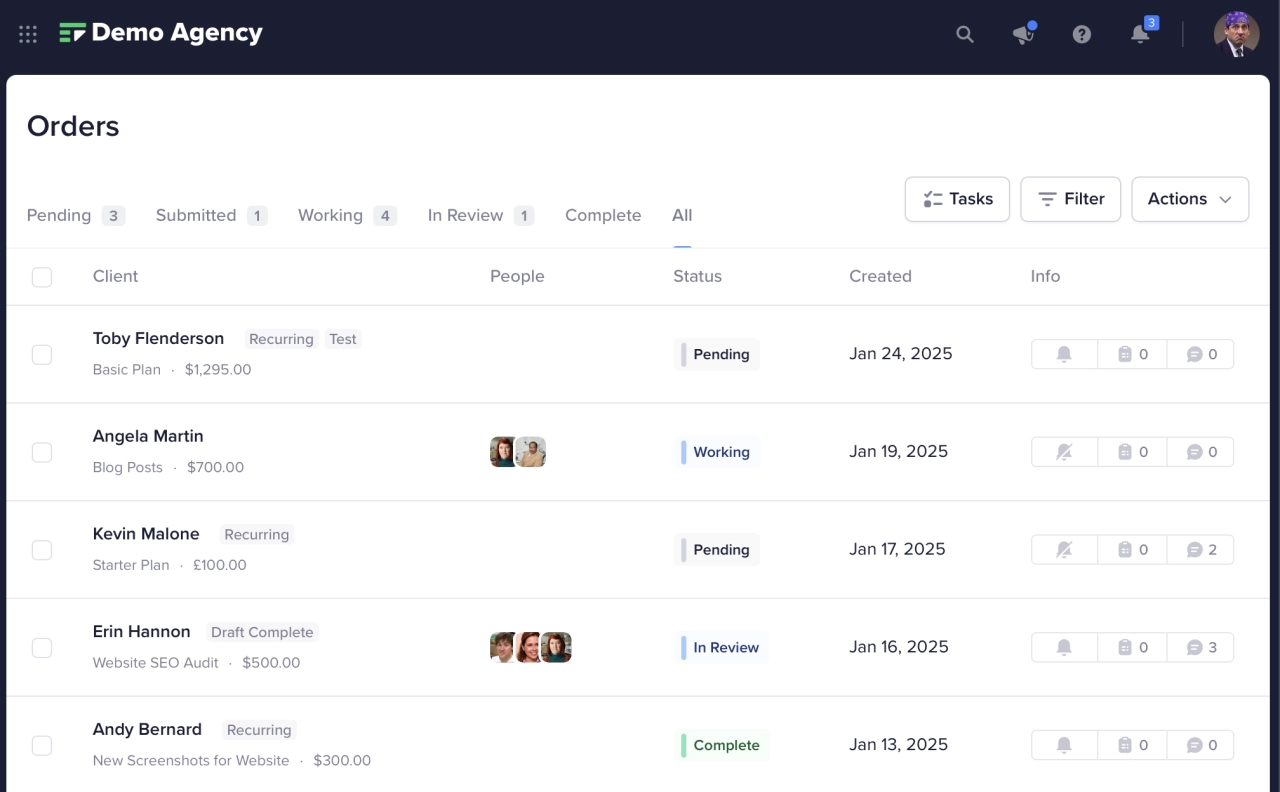
The problem with project management tools is that with each new order you need to set up a new project, upload client’s files, invite your team members and the client. At the end of the day, project management ends up taking more time and resources than actual client work.
Productizing your service with software
We built Service Provider PRO (called SPP for short) to automate all parts of a productized service business, from billing to collecting project data, to assigning orders to your staff, to delivering projects. All from one place.
Here’s how it works:
First, you set up the services you want to sell. Name a service, set the price, and choose how you want to bill clients (once or on a recurring basis).
Second, you set up forms where clients can choose their services and provide additional information about their order. Our visual form builder makes this real easy.
And that’s about it. You can check out our Quick Start Guide to learn the basics about Service Provider Pro. If you want to test the market with a specific service, this basic setup is enough.
What happens next:
As soon as a client makes a purchase, SPP creates a new client account, or adds the order to an existing account.
The client is logged into the client panel automatically if they click on the relevant button on the receipt page, and also receives the login details via email.
Logged into the client portal, they can download their invoice in PDF format, check up on their order status, send you messages, and more.
The big benefit of having a client portal is the fact that clients can always come back if they need specific information. You’re also able to automate your client onboarding by using our template.
As for your staff, they automatically get notifications about new orders, and can sign in to see the orders they need to work on. The system assigns projects to your staff based on the service purchased, or displays a pool of orders any staff member can choose to work on. Make sure that you set up roles for your team members, so they can only access what they need.
Productized service model + client portal software = ❤️
We’ve gone from:
manually copying and pasting new orders into a spreadsheet, and digging through old emails,
to using Trello for agencies (a tool that isn’t really meant for this type of business),
all the way to finally having everything neatly organized in one secure place.
That is what SPP is all about.
Now, if that sounds like something you’d love to use to productize your service offerings, go ahead and sign up for a free trial below (no credit card required).
